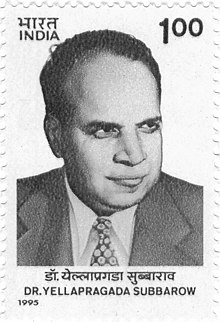
Dorothy Mary Crowfoot Hodgkin was a Nobel Prize-winning English chemist who advanced the technique of X-ray crystallography to determine the structure of biomolecules, which became essential for structural biology.

Technische Universität Berlin is a public research university located in Berlin, Germany. It was the first German university to adopt the name "Technische Universität".
The year 1934 in science and technology involved some significant events, listed below.
The year 1940 in science and technology involved some significant events, listed below.
The year 1938 in science and technology involved some significant events, listed below.

The Weizmann Institute of Science is a public research university in Rehovot, Israel, established in 1934, fourteen years before the State of Israel was founded. Unlike other Israeli universities it exclusively offers postgraduate-only degrees in the natural and exact sciences.
The year 1954 in science and technology involved some significant events, listed below.
The year 1929 in science and technology involved some significant events, listed below.
The year 1955 in science and technology included many events, some of which are listed below.
The year 1949 in science and technology involved some significant events, listed below.
The year 1947 in science and technology involved some significant events, listed below.
The year 1943 in science and technology involved some significant events, listed below.
The year 1941 in science and technology involved some significant events, listed below.

Yellapragada Subbarow was an Indian American biochemist who discovered the function of adenosine triphosphate (ATP) as an energy source in the cell, developed methotrexate for the treatment of cancer and led the department at Lederle laboratories in which Benjamin Minge Duggar discovered chlortetracycline in 1945.
The year 2008 involved numerous significant scientific events and discoveries, some of which are listed below.

This article discusses women who have made an important contribution to the field of physics.
R. Robert Brattain was an American physicist at Shell Development Company. He was involved in a number of secret projects during World War II. He is recognized as one of America's leading infrared spectroscopists for his work in designing several models of spectrophotometer, and for using the infrared spectrophotometer to determine the β-lactam structure of penicillin. His instrumentation work was essential to the subsequent study and understanding of structures in organic chemistry.

This is a list of women chemists. It should include those who have been important to the development or practice of chemistry. Their research or application has made significant contributions in the area of basic or applied chemistry.

Barbara Wharton Low was a biochemist, biophysicist, and a researcher involved in discovering the structure of penicillin and the characteristics of other antibiotics. Her early work at Oxford University with Dorothy Hodgkin used X-ray crystallography to confirm the molecular structure of penicillin, which at the time was the largest molecule whose structure has been determined using that method. Later graduate work saw her study with Linus Pauling and Edwin Cohn before becoming a professor in her own right. Low's laboratory would accomplish the discovery of the pi helix, investigate the structure of insulin, and conduct research into neurotoxins.






